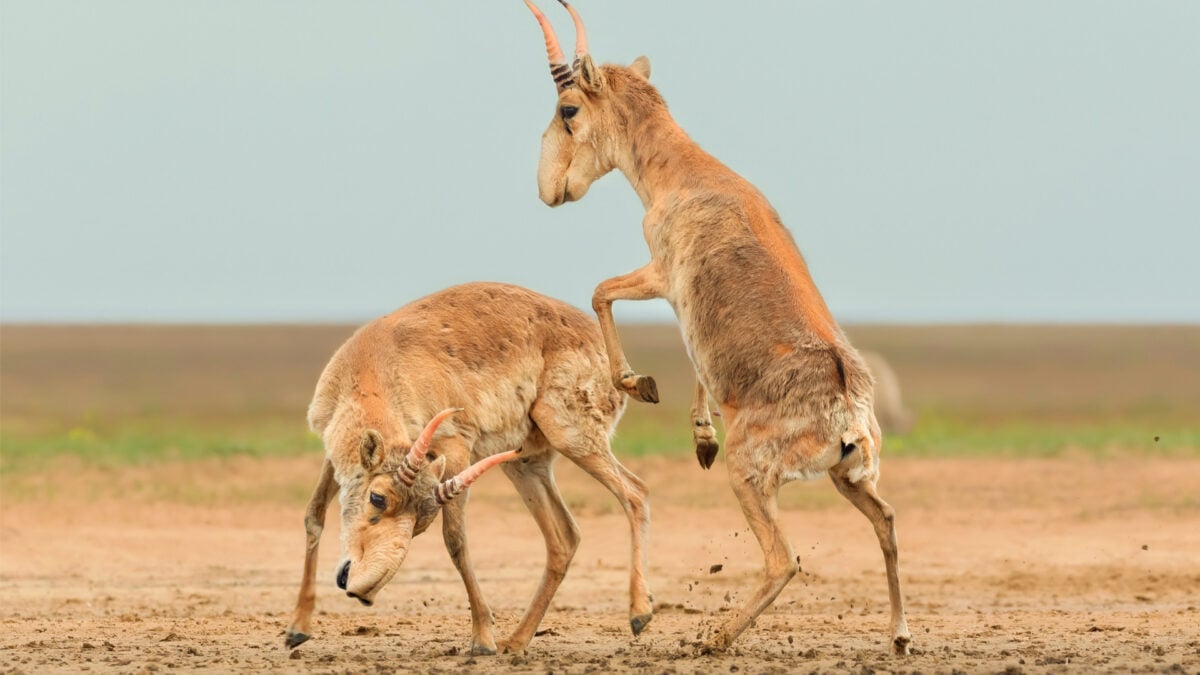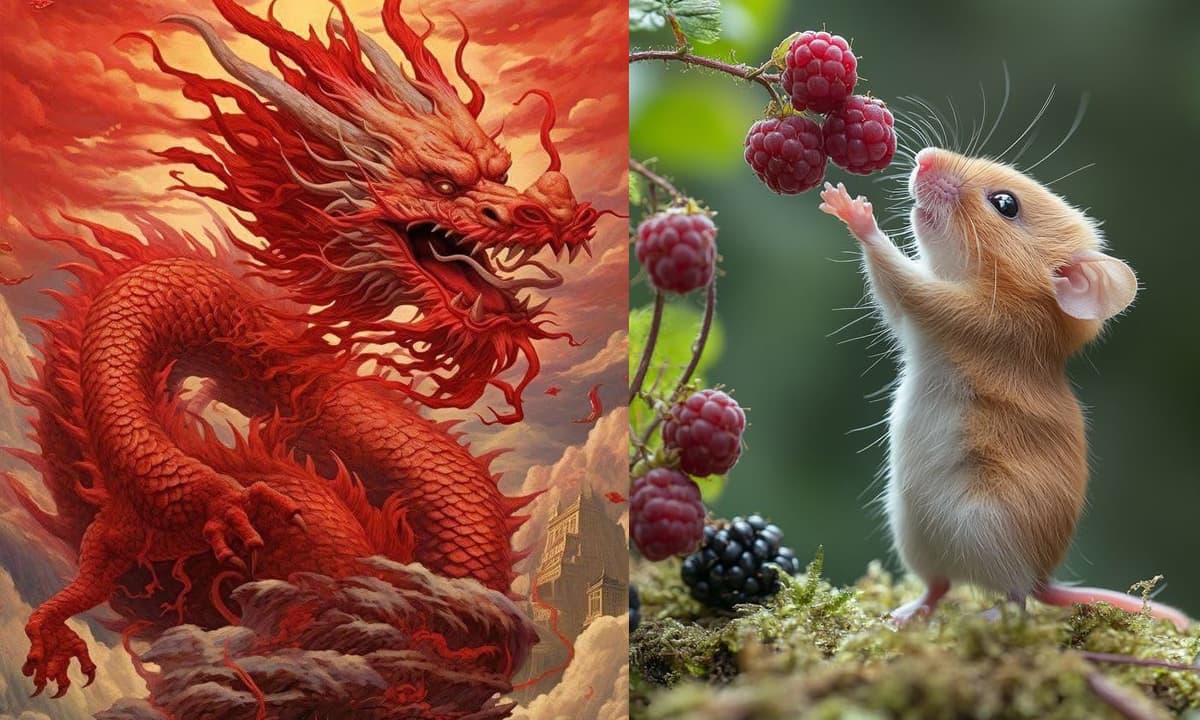Here Are the Winners of the 2025 Wildlife Photos of the Year Contest

Nature can be equal parts majestic, heartwarming, and terrifying. The winning entries of the 2025 BMC Ecology and Evolution and BMC Zoology image competition illustrate that complexity in spades.
Biologists, zoologists, and paleontologists from across the world sent in submissions to this year’s contest. The photos were sorted into four categories: “Collective Social Behavior,” “Life in Motion,” “Colorful Strategies,” and “Research in Action.” But the overall winner (seen in the headline image above) was a snapshot taken by Andrey Giljov, showing two male saiga antelopes in a sparring match as part of their preparation for the mating season; this naturally involves butting heads with potential rivals.
“Saiga fights in spring, outside of the tournament season, are quieter and more about training than determining status. However, the males take every opportunity to practice,” said Giljov, a vertebrate zoologist and senior lecturer at Saint Petersburg State University in Russia, in an editorial detailing the contest winners.
The annual photo competition, now in its second year, is a joint venture from the journals BMC Ecology and Evolution and BMC Zoology; it’s the successor to contests that were separately run by the two journals. The photos are judged by the journals’ editors and senior members of the editorial board. This year’s winning entries and close seconds featured some of the biggest creatures on Earth as well as its smallest.
Case in point, Alwin Hardenbol’s incredible photo of a breaching humpback whale that he captured from a rigid inflatable boat in Varanger, Norway.

“Breaching is a fascinating behavior from a scientific perspective, as it is still inconclusive what purpose it serves,” said Hardenbol, a researcher at the Natural Resources Institute Finland whose photo was a runner-up in the Life in Motion category. “It’s unbelievable to imagine how such an animal can even jump out of the water like that.”

Sritam Kumar Sethy, a student at Berhampur University in India, won the Collective Social Behavior category for his photograph of newly hatched Acanthocoris scaber (a species of leaf-footed bug) nymphs gathering together on the underside of a leaf—a survival strategy of having strength in numbers. “By coming together, they enhance their protection against predators, reducing the chances of any individual becoming prey,” said Sethy.
The entries also captured the never-ending struggle for resources between animals, such as Delip K. Das’s photo of a Haliastur indus (a medium-sized bird of prey also called a Brahminy Kite) having to go the extra mile for its dinner.

“A Brahminy Kite had just caught an eel—a large and still-struggling fish. As the Kite wrestled to secure its catch in flight, another challenger appeared, attempting to hijack the meal,” said Das, whose entry didn’t win but was singled out as highly commended. “The dramatic moment unfolded above the mangrove-fringed waters, reflecting the intensity and agility of raptors in the wild.”
Some images didn’t highlight the present state of the natural world but its distant past. Digital artist Natalia Jagielsk won the Life in Motion category for her illustration of pterosaurs flying over the Jurassic Hebridean Basin, covering what’s now called Scotland. Jagielsk, a postdoctoral fellow at the Chinese University of Hong Kong, based her work on the recent discovery of two pterosaur skeletons belonging to different species in the region.

“Despite their differing cranial anatomies, teeth morphology, and wing shapes, these pterosaurs could interact and compete for food during periods of environmental stress,” said Jagielsk, who was part of a team that described one of these species, Dearc sgiathanach. “Set 170 million years ago in the Middle Jurassic, this image portrays these flying reptiles as they hunt along the shoreline.”
My personal favorite selection is either endearing, gross, or both, depending on your tolerance for bugs and regurgitating. Nick Royle, a runner-up in the Collective and Social Behavior category, took a photo of a mother Nicrophorus vespilloides (a species of burying beetle) feeding her young—by which I mean, spitting back up the remnants of a buried mouse carcass. In addition to this unique feeding strategy, burying beetles are also one of the few insects that often share custody of their offspring, with both parents helping out with the rearing.
“This behavior normally occurs underground, so is not usually visible to us, but is here pictured in the lab, where these burying beetles are used as a model to understand the evolution of social behaviors such as parental care,” said Royle, a behavioral ecologist and conservation biologist at the University of Exeter in the UK. “These beetles work together to bury carcasses to avoid competition from other users of carrion and, once safely underground, process the carcass, removing the fur, rolling it into a ball, and smearing it with antimicrobial secretions to combat the bacteria and fungi that would otherwise consume this precious resource.”

Well, I’m certainly going to appreciate my parents’ home-cooked meals more from now on.
There are plenty more breathtaking images from this year’s contest that can be seen here.









